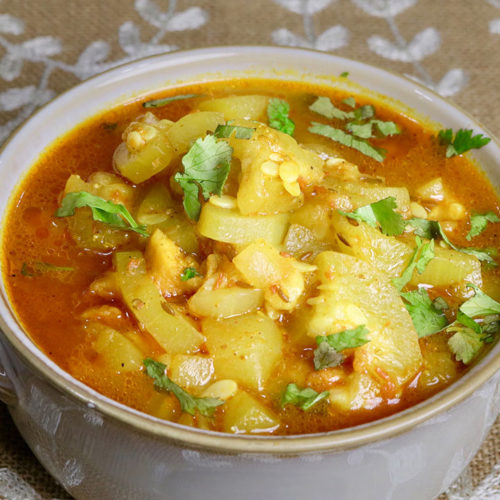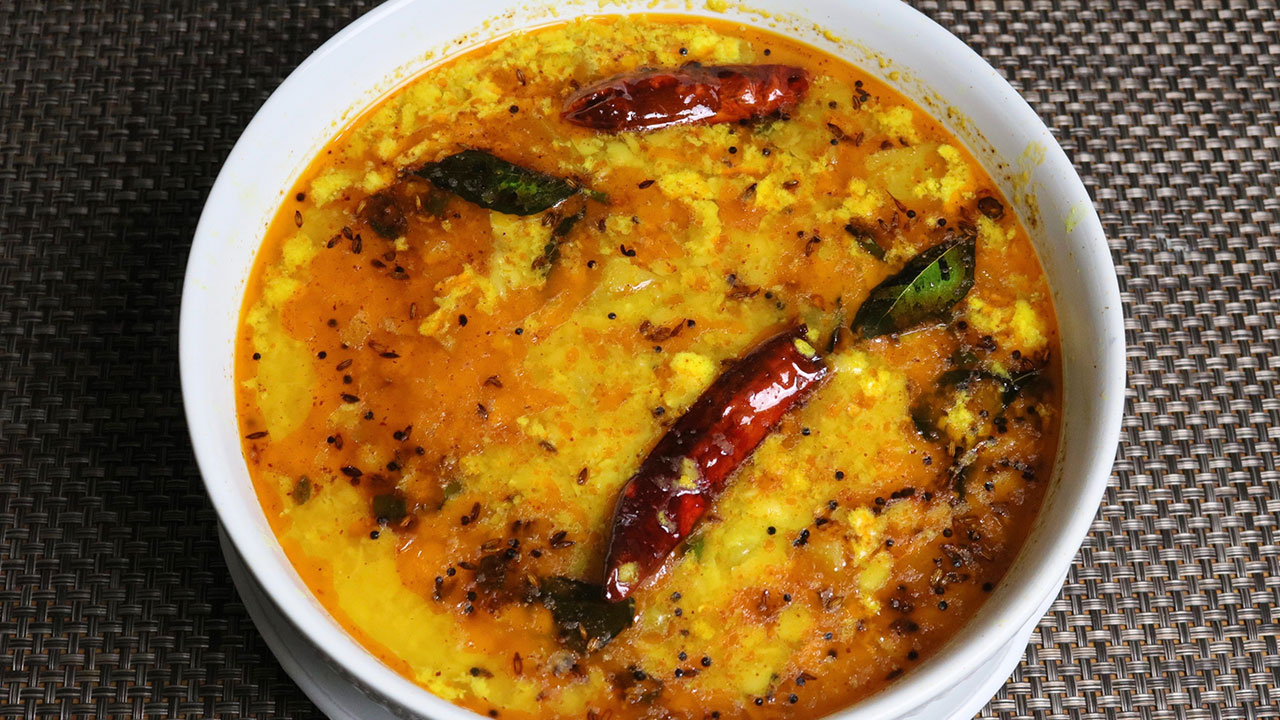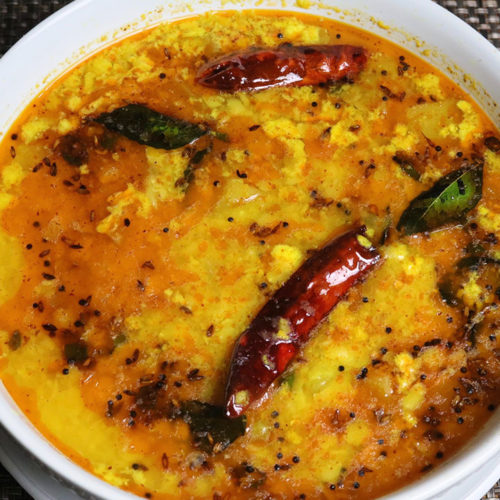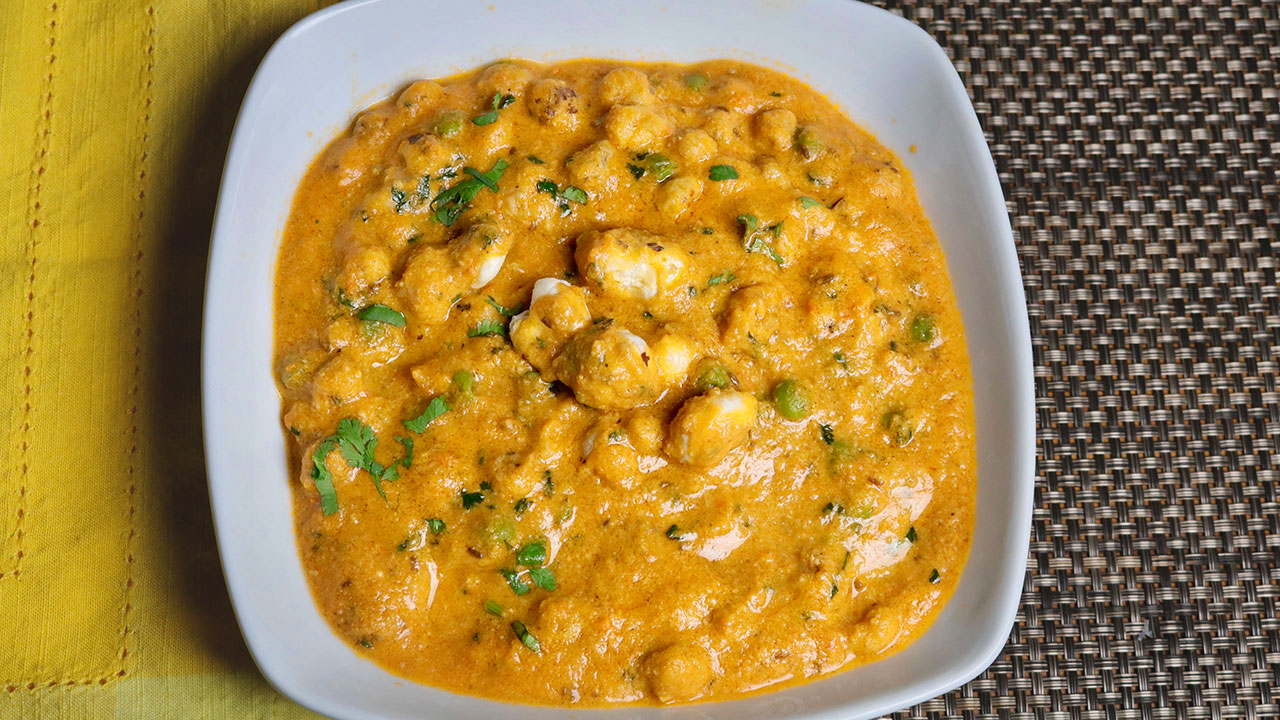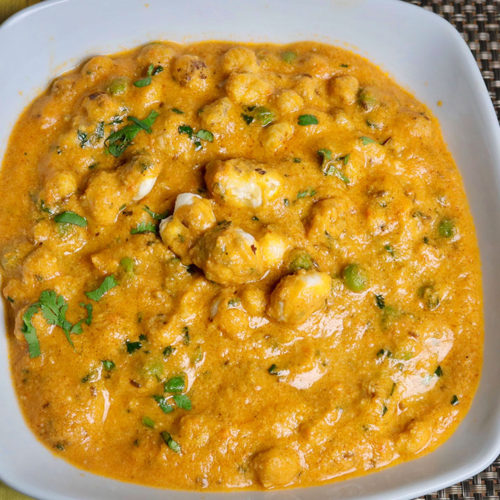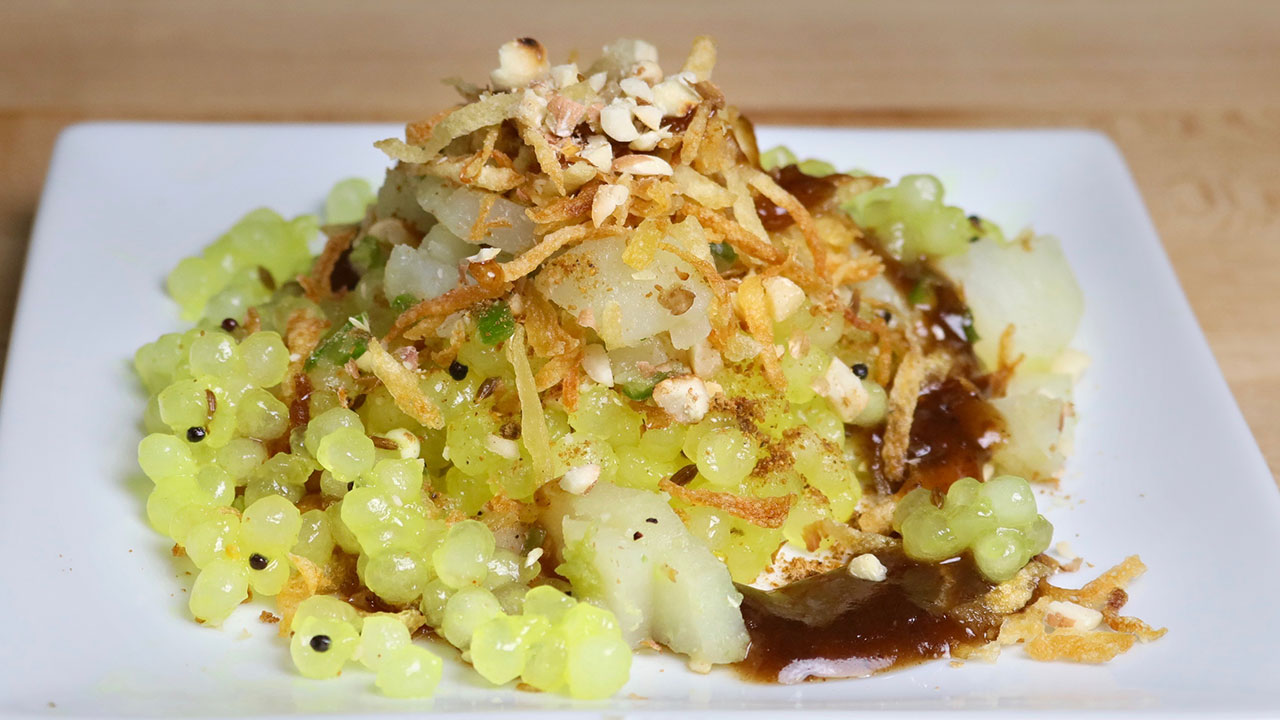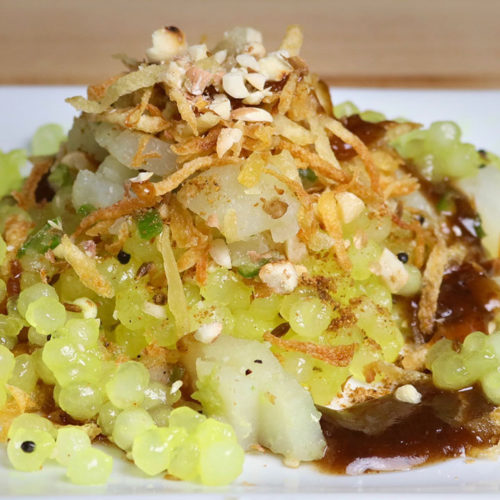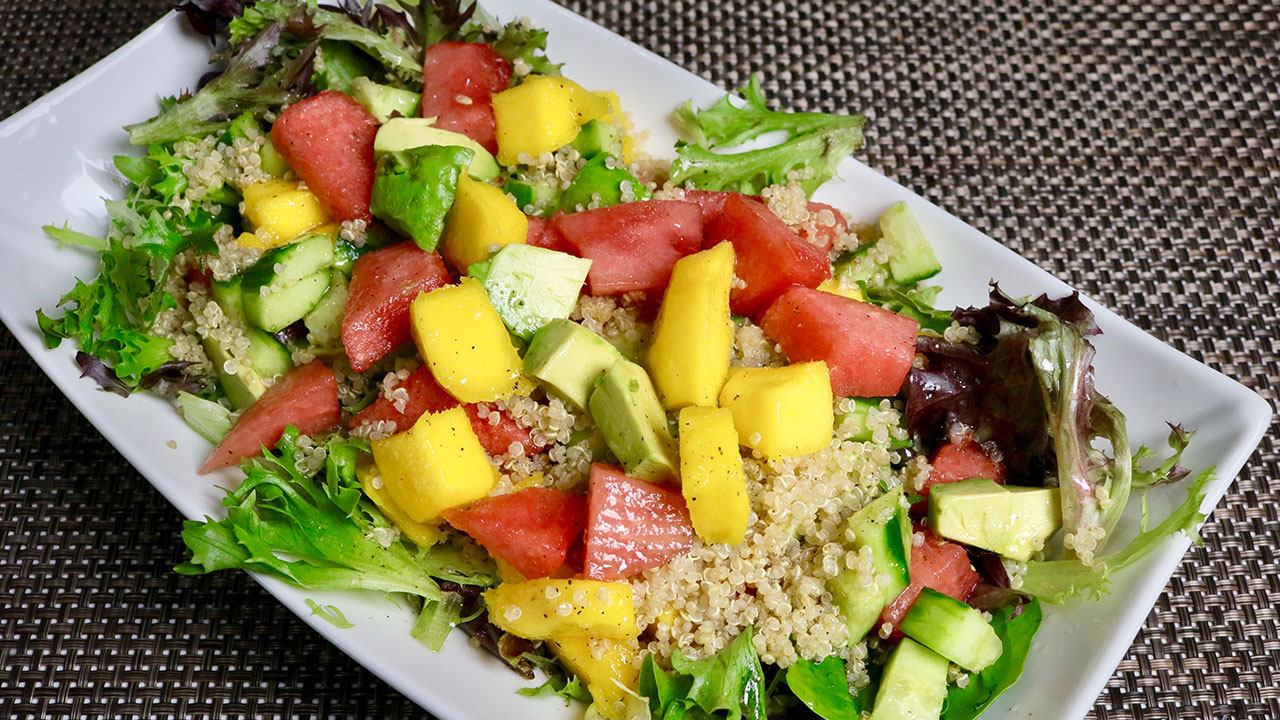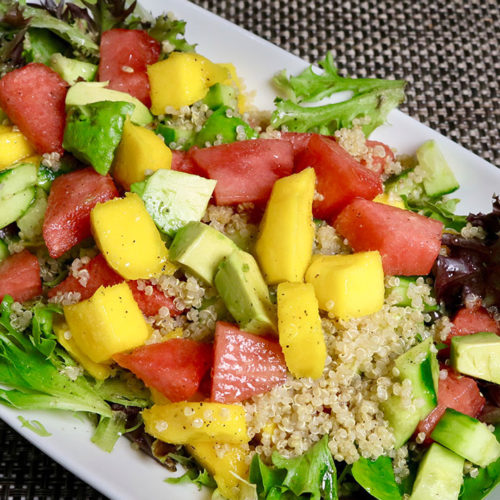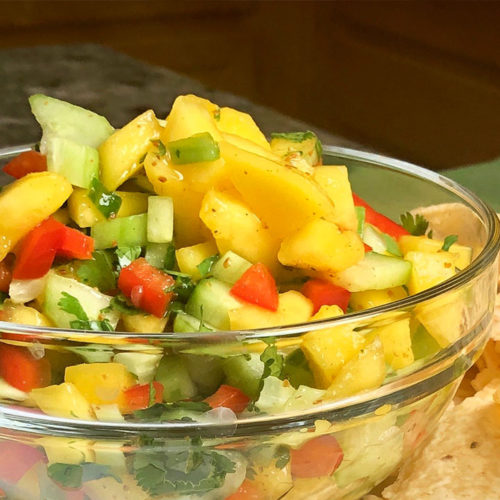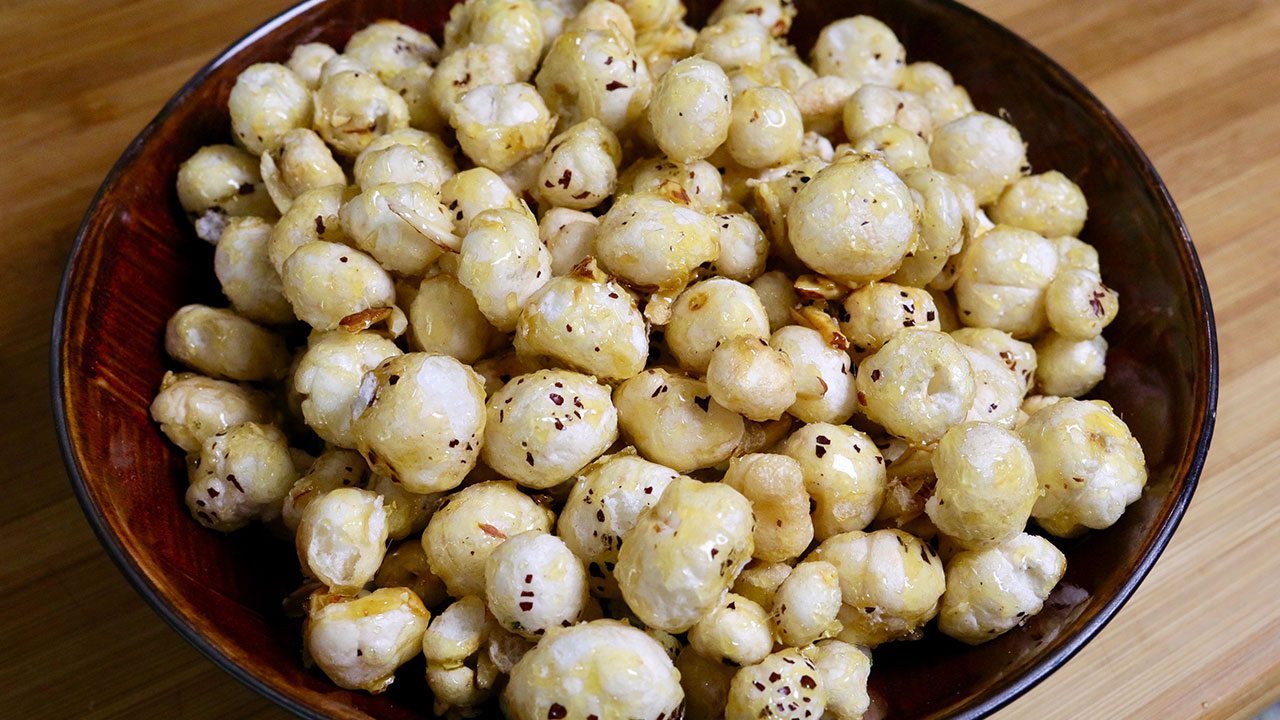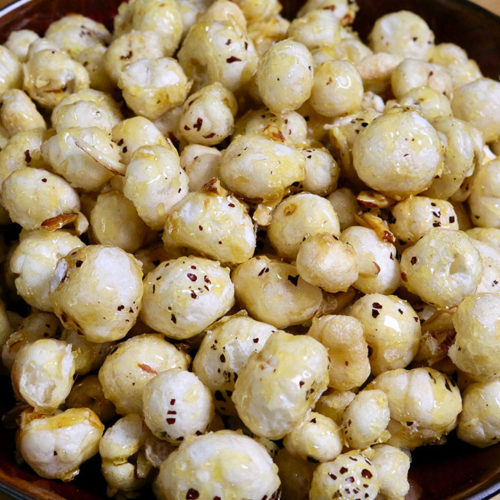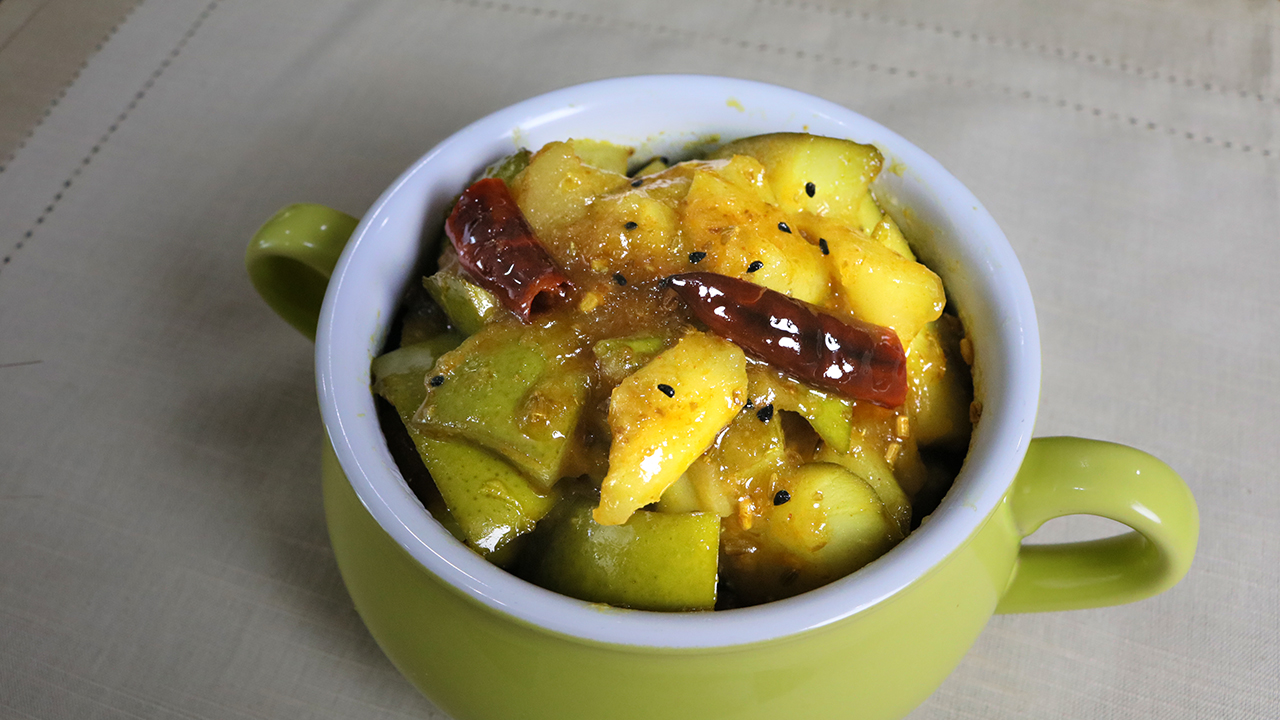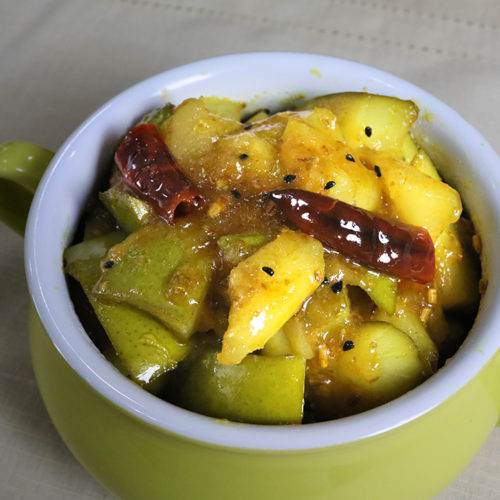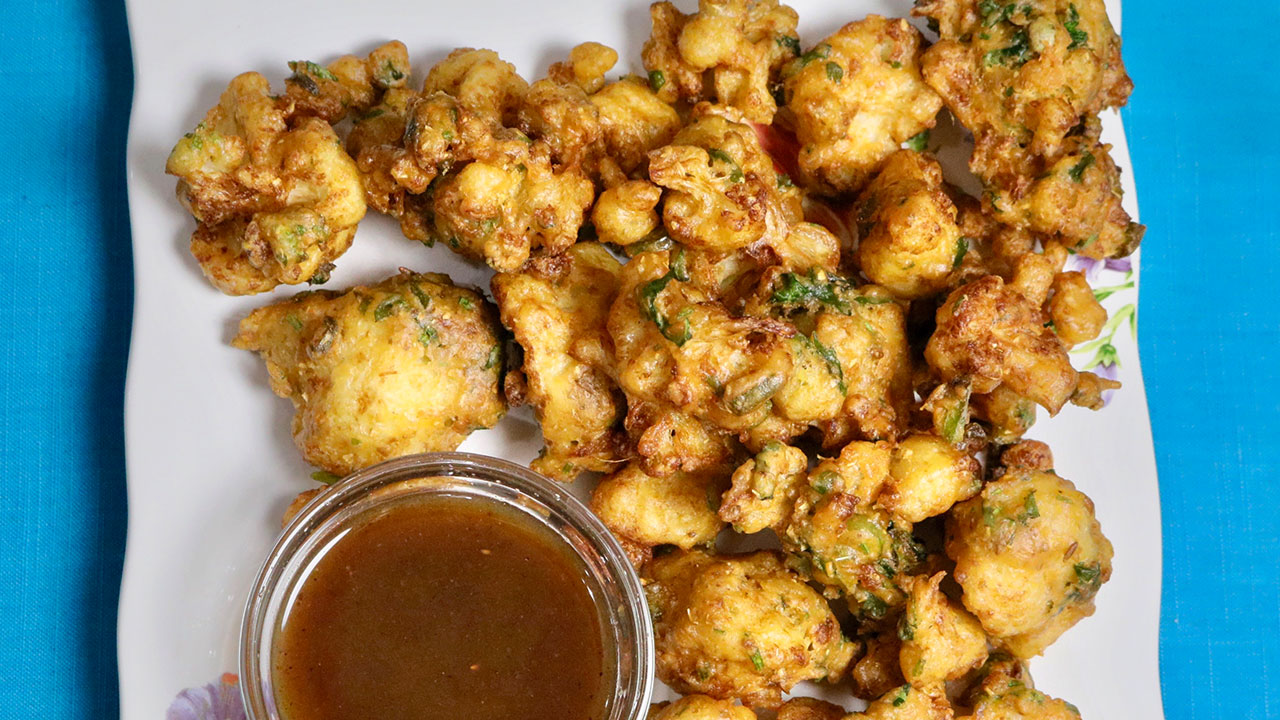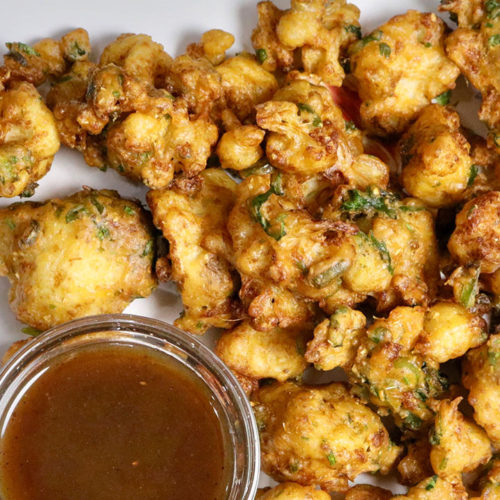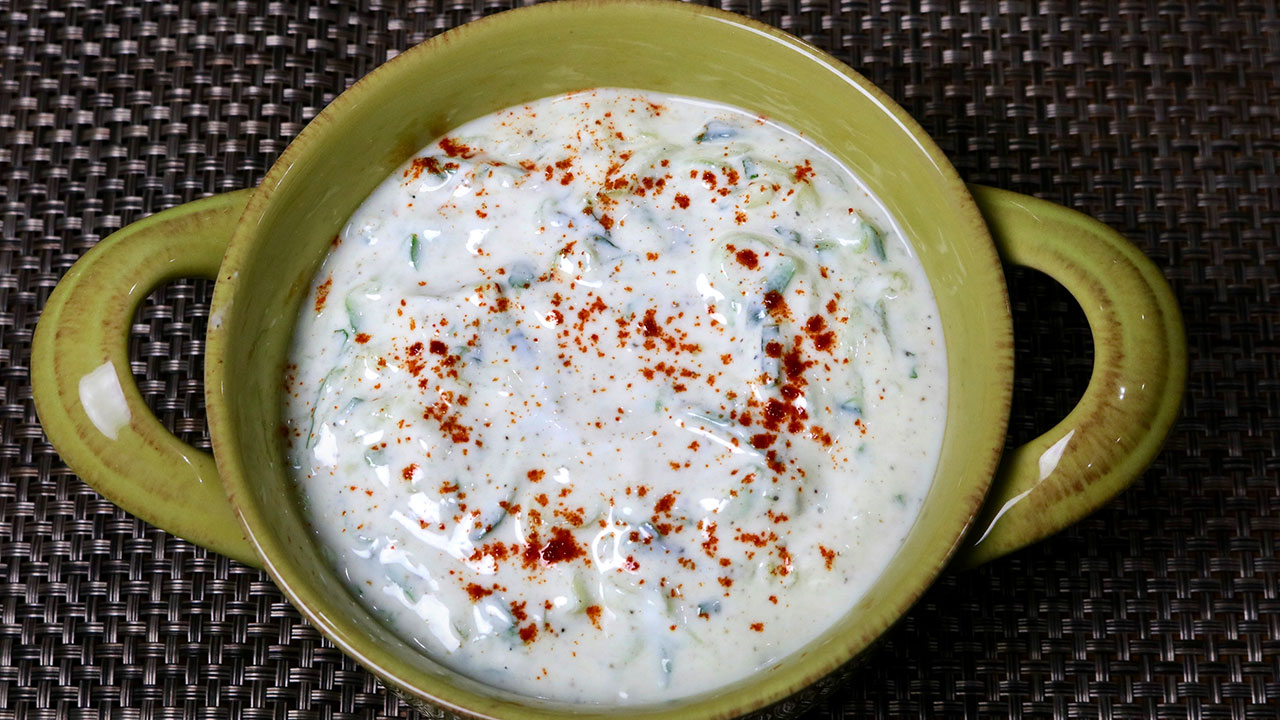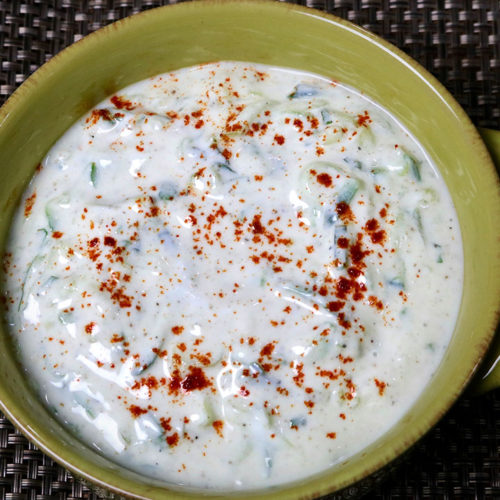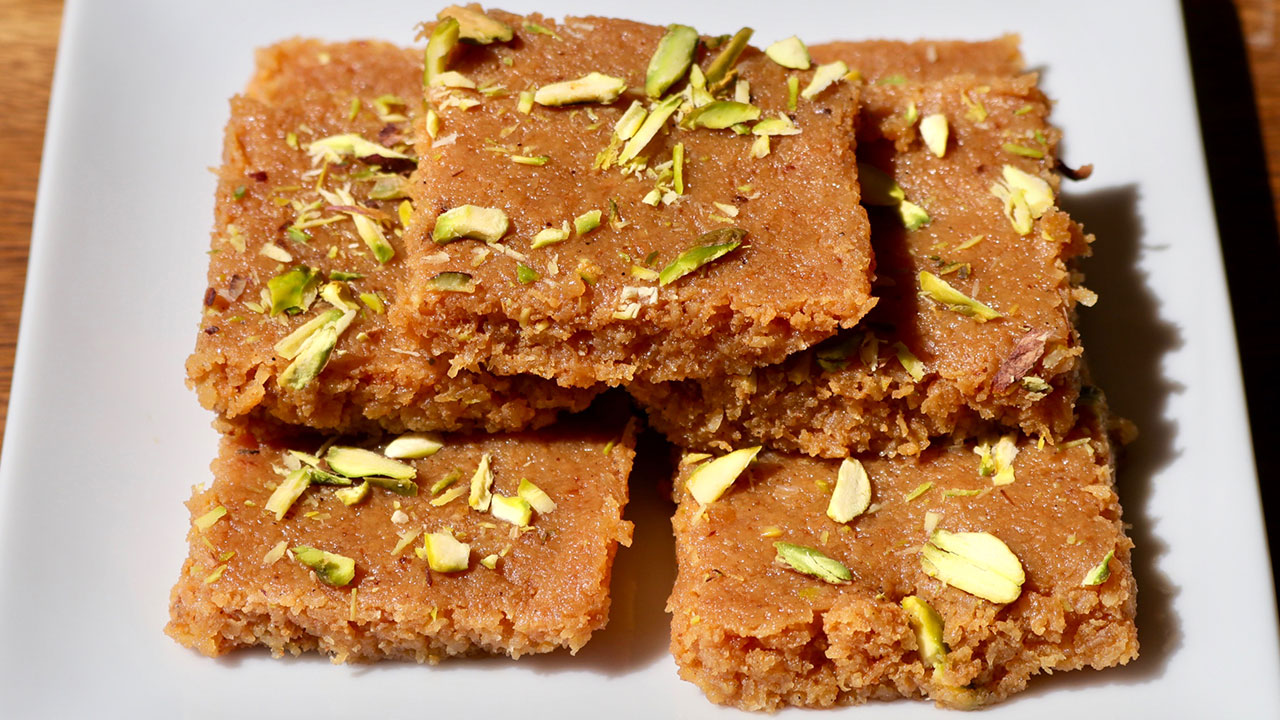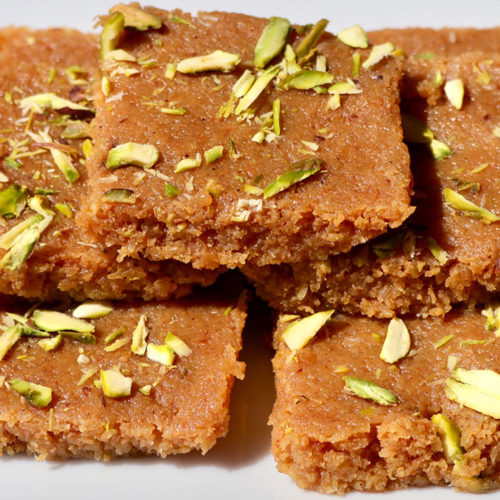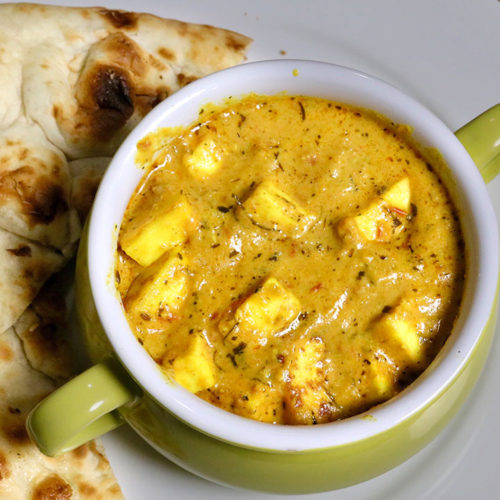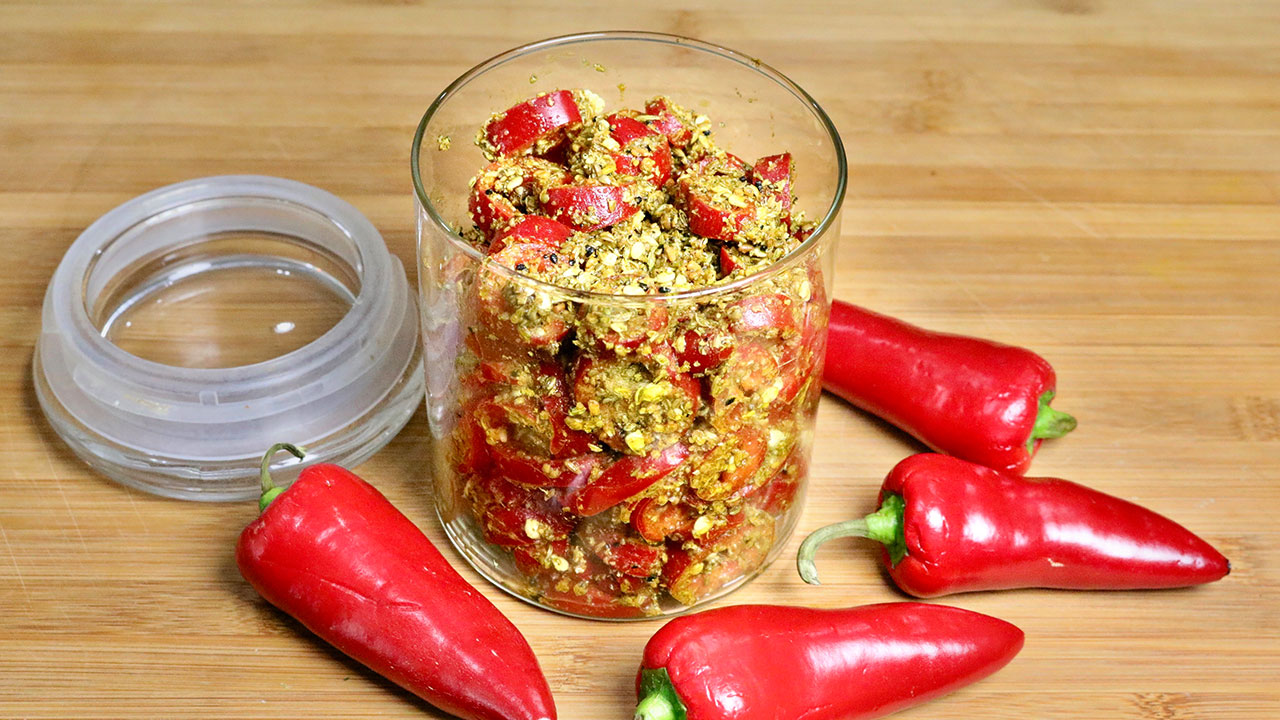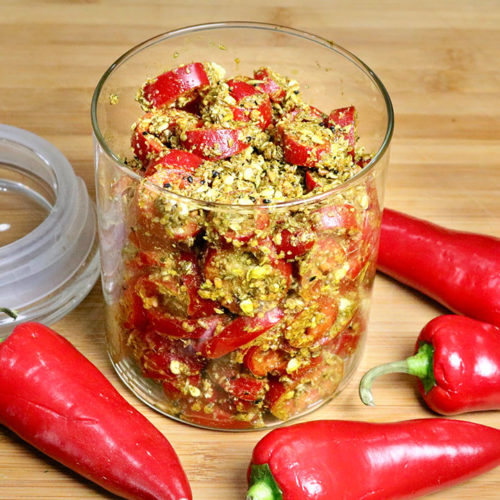Lauki Vadi Ki Sabji
Equipment
Ingredients
- 4 cup laucki
bottle gourd, peeled and cut into byte size cubes
- 1/3 cup
moong dal vadi
broken into small pieces
- 3/4 cup tomato puree
- 1 tsp ginger paste
- 2 tbsp oil
- 1 tsp cumin seeds jeera
- 1/8 tsp asafetida hing
- 1 tbsp coriander powder dhania
- 1/4 tsp turmeric haldi
- 1/2 tsp red chili powder
- 1 tsp salt
- 1/4 tsp garam masala
- 1/2 cup water
Instructions
- I am using instant pot; I am using the instant pot instead of pressure-cooker. Not
for saving time but ease of use. - Heat one tablespoon of oil in instant pot on sautéed mode. Oil should be moderately hot, add moong dal vadi stir-fry till they are light golden brown this should take about 1minute. take out the vadies from instant pot.
- Add remaining 1 tablespoon of oil, in instant pot keeping on sautéed mode oil should be moderately hot and add cumin seeds. When seeds start to crack, add the asafetida, stir and add tomato puree, ginger, coriander powder, turmeric, salt and chili powder and cook stirring occasional till spice mix start leaving the oil.
- Add bottle gourd, vadies and 1/2 cup of water. Change the setting to pressure cook on high mode. Set the time for 6 minutes. (At this time instant pot is working just like pressure cooker, it will take same time building the pressure and after cooking releasing the pressure as pressure cooker, advantage is you can take care other work you have to do or even if you have to go out.)
- Open the instant pot when you are ready. After you open the instant pot adjust the water if you need more, add garam masala.
Video
Notes
Lauki Vadi Ki Sabji: A Flavorful Indian Delight
Lauki Vadi Ki Sabji is a traditional Indian dish made primarily with bottle gourd (Lauki), lentil nuggets (Vadi), and a variety of spices cooked in a curry or gravy. It is a popular dish among individuals following a vegan, gluten-free, and low-fat diet, making it suitable for those with dietary restrictions such as diabetes.
The dish typically involves cooking lentil nuggets with bottle gourd and various vegetables in a flavorful curry or gravy made with spices such as cumin, coriander, turmeric, and ginger. It can be easily prepared in an Instant Pot for a quicker cooking process while retaining its nutritional value and flavors.
Lauki Vadi Ki Sabji provides a wholesome meal option packed with protein from lentils, fibre from vegetables, and essential nutrients, making it a nutritious and satisfying choice for individuals seeking a balanced diet.
Lauki Vadi Ki Sabji is a traditional Indian dish made with bottle gourd (lauki) and sun-dried lentil dumplings (vadi). This Lauki Vadi Ki Sabji recipe combines the subtle flavors of lauki with the richness of vadi to create a hearty and nutritious dish that’s bursting with flavor. With its simple yet satisfying taste, Lauki Vadi Ki Sabji is a popular choice for everyday meals in Indian households.
Step 1: Preparing the Vadi
To begin, soak the sun-dried lentil dumplings (vadi) in water for about 15-20 minutes until they become soft and pliable. Once softened, squeeze out any excess water from the vadi and set them aside. This step helps ensure that the vadi cook evenly and absorb the flavors of the dish.
Step 2: Preparing the Lauki
Peel the bottle gourd (lauki) and cut it into small cubes or slices, depending on your preference. Lauki tends to cook quickly, so it’s essential to cut it into uniform pieces to ensure even cooking. Rinse the chopped lauki under cold water to remove any dirt or impurities before using it in the recipe.
Step 3: Tempering and Cooking
In a pan, heat oil or ghee over medium heat and add cumin seeds, mustard seeds, and asafoetida (hing) to the hot oil. Allow the seeds to crackle and release their aroma before adding finely chopped green chilies adding minced ginger for added flavor.
Step 4: Adding Spices and Lauki
Once the spices such as turmeric powder, coriander powder, red chili powder, and garam masala to the pan, stirring well to coat with the aromatic spices. Add the chopped lauki to the pan, stirring to combine with the spices. Cover the pan and let the lauki cook until it becomes tender but still retains its shape.
Step 5: Incorporating the Vadi
Once the lauki is cooked, add the soaked and squeezed vadi to the pan, gently mixing them with the cooked lauki and spices. Allow the vadi to simmer in the gravy for a few minutes, allowing them to absorb the flavors of the dish. Adjust the consistency of the gravy by adding water as needed to achieve the desired thickness.
Step 6: Garnishing and Serving
Before serving, garnish the Lauki Vadi Ki Sabji with freshly chopped cilantro leaves for a burst of freshness and color. Serve the sabji hot with steamed rice or roti for a wholesome and satisfying meal that’s sure to please your taste buds.
Tips for Perfect Lauki Vadi Ki Sabji
- Soaking Vadi: Ensure to soak the vadi in water until they become soft and pliable before adding them to the sabji. This step helps prevent the vadi from being too hard or chewy after cooking.
- Cutting Lauki: Cut the bottle gourd into uniform pieces to ensure even cooking. Avoid overcooking the lauki as it can become mushy and lose its texture.
- Adjusting Spice Level: Customize the spice level of the sabji according to your taste preferences by adjusting the amount of red chili powder and green chilies used in the recipe.
Variations of Lauki Vadi Ki Sabji
- Adding Tomatoes: Enhance the flavor of the sabji by adding chopped tomatoes along with the Tomatoes add a tangy twist to the dish and complement the earthy flavors of the lauki and vadi.
- Coconut Gravy: For a richer and creamier gravy, add coconut milk or grated coconut to the sabji. Coconut adds a hint of sweetness and depth to the dish, making it more indulgent.
Benefits of Lauki Vadi Ki Sabji
- Nutrient-Rich: Lauki is low in calories and rich in essential nutrients such as vitamins, minerals, and dietary fiber, making it a healthy addition to your diet.
- Protein-Packed: Vadi provides a good source of plant-based protein, essential for muscle repair and growth, making Lauki Vadi Ki Sabji a nutritious meal option for vegetarians.
- Digestive Aid: Lauki is known for its digestive properties and is often included in Indian cuisine to aid in digestion and promote gut health.
Frequently Asked Questions (FAQs)
Can I use store-bought vadi for this recipe?
- Yes, you can use store-bought sun-dried lentil dumplings (vadi) for convenience. However, homemade vadi may have a fresher flavor and texture.
Can I make Lauki Vadi Ki Sabji ahead of time?
- Yes, you can prepare the sabji in advance and store it in the refrigerator for up to 2-3 days. Reheat it gently before serving.
Is Lauki Vadi Ki Sabji vegan-friendly?
- Yes, Lauki Vadi Ki Sabji can be made vegan by using oil instead of ghee for tempering and omitting any dairy-based garnishes.
Explore more delightful Indian recipes on Manjula’s Kitchen, such as Aloo Baingan for another culinary adventure.

